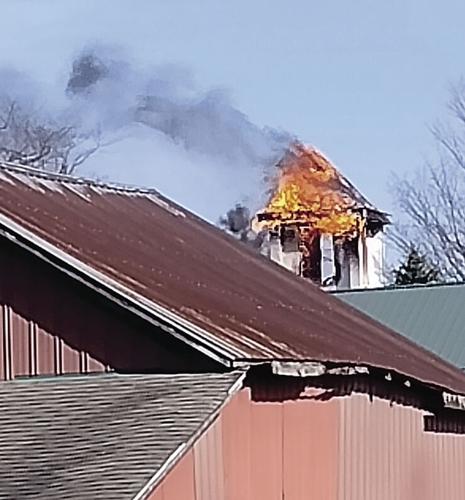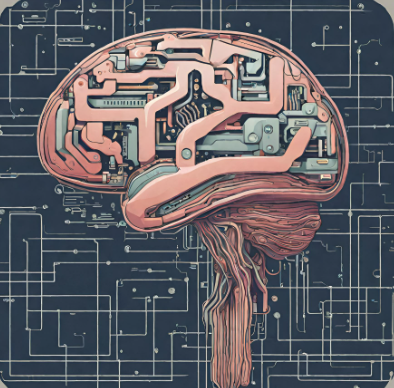Invasion of the Capitol
Fallout from the rally turned riot

January 13, 2021
On January 6, 2021, in Washington DC, protesters who marched up to the Capitol climbed walls, looted, and rioted over the electoral results of the 2020 election.
This was following Georgia’s Senate runoff results, which caused outbursts from some members of the Republican party. The Georgia runoffs earlier in the day had concluded that both members of the Democratic party would fill both seats. This was a tipping point for those who rioted, having the Senate and the White House go blue. However, the electoral ballots being held in the U.S. Capitol building were secured and still counted. In addition, the final outcomes of the Georgia runoff elections were officially announced and confirmed around 5 pm on Friday, January 8. With the results of the electoral votes being finalized, Vice President Mike Pence declared that Joe Biden and Kamala Harris are the President-elect and Vice President-elect of the 2020 election.
With social media being many people’s main source of information, major news sites shared various perspectives with one general consensus. An article from The Wall Street Journal includes a statement from Rep. Adam Kinzinger of Illinois: “Here’s the truth: the president caused this. The president is unfit and the president is unwell. And the president must relinquish control of the executive branch voluntarily or involuntarily.”
President Trump has since denounced the violence exhibited at the Capitol and called for healing and reconciliation.
Not only does Trump receive the fallout and consequences of this riot, but people who were involved in the attack are starting to lose their jobs or even resign themselves.
According to CNN, people involved in the riot of the Capitol are losing their jobs, including “An Allentown, Pennsylvania, teacher has been ‘temporarily relieved’ of his teaching duties until his school district can complete a formal investigation in his alleged involvement at the protests.”
Destruction and chaos are just two of the factors that play into this event; however, with COVID cases reaching an all-time high, will this make things worse?
According to an article from The Washington Post, “Storming of Capitol was textbook potential coronavirus superspreader, experts say,” it states that, “Thousands of Trump supporters dismissive of the virus’s threat packed together with few face coverings — shouting, jostling and forcing their way indoors to halt certification of the election results…”
President-elect Joe Biden and the former President Barack Obama both posted from Twitter responding to the event, with Biden saying, “Let me be very clear: the scenes of chaos at the Capitol do not represent who we are. What we are seeing is a small number of extremists dedicated to lawlessness. This is not dissent, it’s disorder. It borders on sedition, and it must end. Now.”
Obama responded by saying, “For two months now, a political party and its accompanying media ecosystem has too often been unwilling to tell their followers the truth-that this was not a particularly close election and that President-Elect Joe Biden will be inaugurated on January 20. Their fantasy narrative has spiraled further and further from reality, and it builds upon years of sown resentments. Now we’re seeing the consequences, whipped up into a violent crescendo.”
While past and future presidents respond to this disastrous riot, a current Congresswoman, Cori Bush, adds, “My first resolution in Congress will be to call for the expulsion of the Republican members of Congress who in sighted this domestic terror attack on the Capitol.”
As American leaders and citizens respond and reflect on this situation, some standby and question: “What could possibly happen next?”












